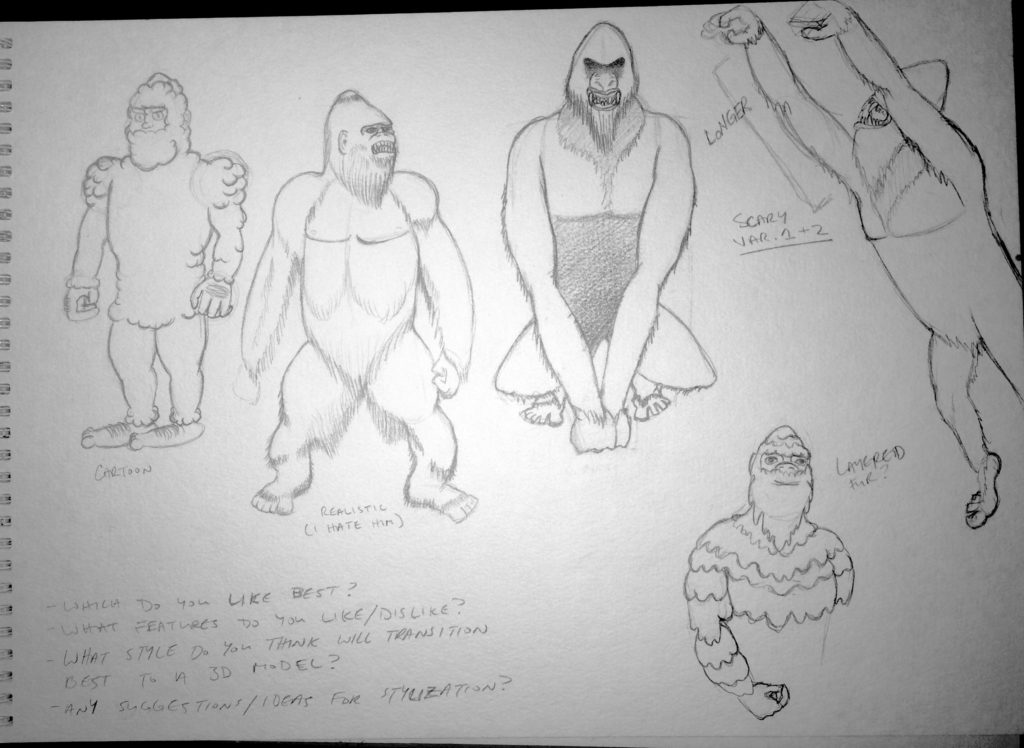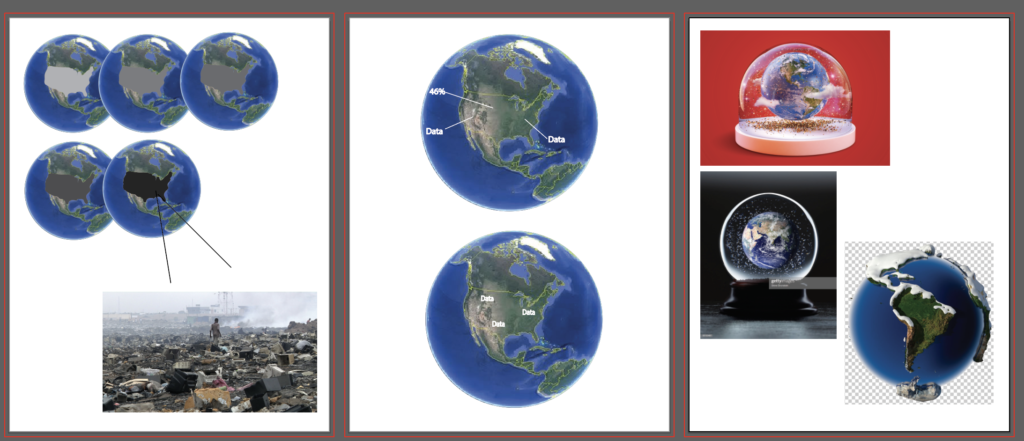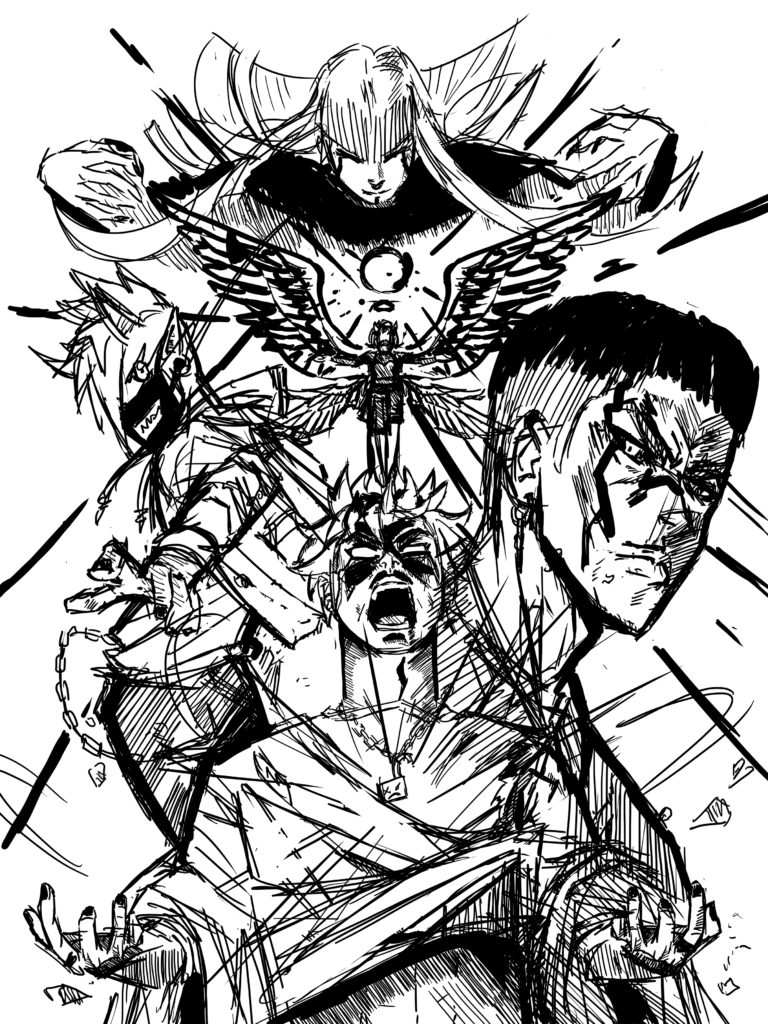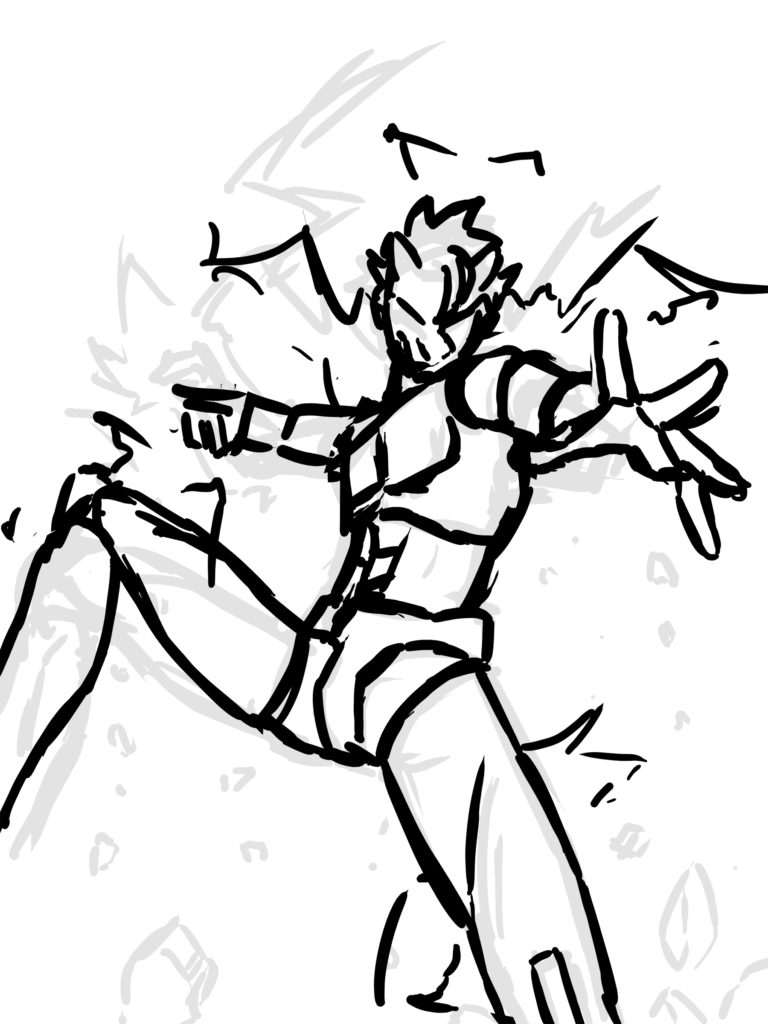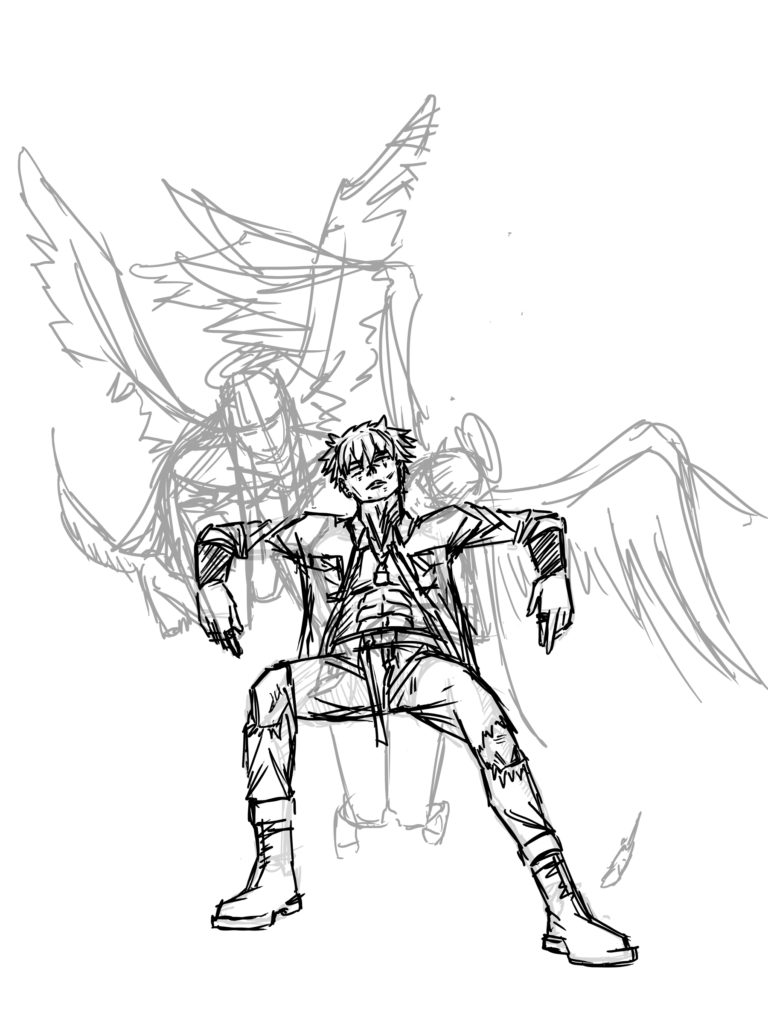For the first prototype meeting I had the general idea for what I wanted to do, some options for how I could present my final project, potential names, logos I made in Illustrator, and a few other few things. One of the most important aspects of my project is its level of helpfulness to other IMM students. I want to do this in a way that other students can take the steps I lay out and apply it to their own interests. To clarify, I’m focusing on how to start a video production company, but the “guide” that I will be developing over the second semester should be applicable to other interests such as graphic design, photography, 3D modelling, etc. It was because of this that I knew I wanted to ask my peers what they felt they would need help in the most of they were to start their own business. What I learned from this was that several of the people I talked to wanted to know more about the legal process of starting your own business. Another common area of concern is accounting, managing any money coming in or going out, and things of that nature. I also came into the class meeting unsure of how I wanted to present everything that I do. I was unsure for a few reasons. For starters, I don’t know if I will be able to get a room to present in, so I don’t know if computers will be available. Considering the videos are digital I decided that the educational side should be digital too, as opposed to having a big board that explains all the basic steps of starting your own business. Some of my classmates recommended putting everything on my own website, so I decided that was how I wanted to present, along with the social media pages and whatever physical products I make along the way. A cool way to do this, then, would be do have business cards with a QR code on them so that people can come in and point their phone camera at the code and it will take them to the website where they can see everything that I did. I realized through this that the website would have to be optimized for mobile use, so that became a priority for me. As far as my names and logos go, I got a lot of positive responses about the names, and I got a lot of good feedback about the logos. I learned a lot about font selection which opened up a few more doors for me. I haven’t fully committed to one logo yet as it is not a necessary component to do the rest of the project right now. However, I’m leaning towards something that relates to video in one way or another. This includes a camera, a slapboard, an LLC name with “Video” in it. I learned a lot about what people are interested in which is very helpful to decide on what I want to do with this project.
